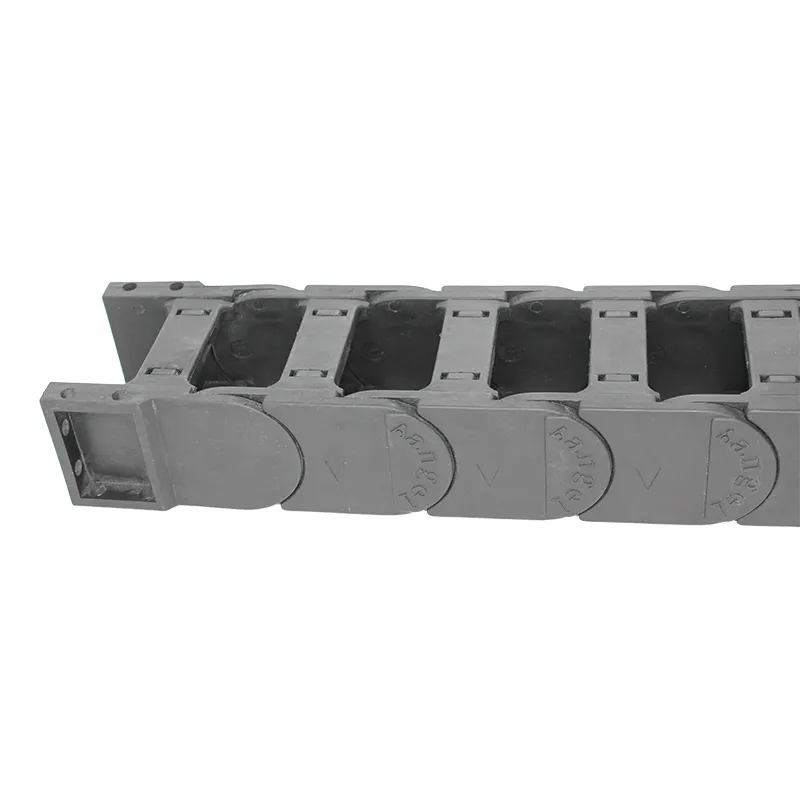synchronous timing belt
Understanding Synchronous Timing Belts A Key Component in Mechanical Systems
Synchronous timing belts are critical components in various mechanical systems, playing a significant role in ensuring precise movement and timing. Unlike traditional V-belts, which can slip and reduce system efficiency, synchronous belts provide a positive drive, making them indispensable in applications where accuracy and reliability are paramount.
At the heart of synchronous timing belts is their unique design. These belts are constructed with teeth that mesh with corresponding grooves on the pulleys. This tooth engagement not only prevents slippage but also allows for synchronous motion between the driving and driven components. As a result, they maintain constant velocity ratios, which is essential in machinery where timing is crucial, such as in automotive engines, conveyor systems, and robotics.
One of the primary advantages of using synchronous timing belts is their ability to handle high loads while maintaining smooth operation. They are made from durable materials, such as neoprene or polyurethane, reinforced with fibers like aramid or fiberglass. This construction provides the strength needed to withstand the rigors of various environments—whether exposed to temperature fluctuations, chemicals, or mechanical stress. Furthermore, synchronous belts typically operate more quietly than chain systems, making them ideal for applications where noise reduction is a priority.
synchronous timing belt

In the automotive industry, synchronous timing belts are used extensively in engine systems to synchronize the rotation of the camshaft with the crankshaft
. This synchronization is vital for ensuring that the engine’s valves open and close at the correct times, thus optimizing the engine’s performance and fuel efficiency. Replacement of these belts is a critical maintenance task, as a failed belt can lead to severe engine damage.Beyond automotive applications, synchronous timing belts are widely used in industrial machinery. For example, they are found in CNC machines, where precise positioning and control are essential for manufacturing components to exact specifications. Additionally, they are employed in packaging systems, robotics, and assembly lines, where they facilitate the movement of products and materials with high accuracy and speed.
Installation and maintenance of synchronous timing belts are manageable, making them a popular choice in various industries. Proper alignment and tensioning during installation are crucial to maximizing their lifespan and performance. Regular inspection is also important, as wear and tear can lead to tooth damage or misalignment, affecting the overall operation of the system.
In conclusion, synchronous timing belts are essential for achieving precise movement and reliability in mechanical systems. Their robust design, combined with the ability to maintain synchronization without slippage, makes them a superior choice over traditional V-belts in many applications. As technology continues to advance, the role of synchronous timing belts is expected to grow, further enhancing their importance in the fields of automotive engineering, manufacturing, and automation. Whether in engines or production lines, the efficiency and accuracy provided by synchronous timing belts highlight their significance in modern engineering.








